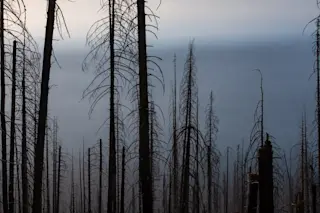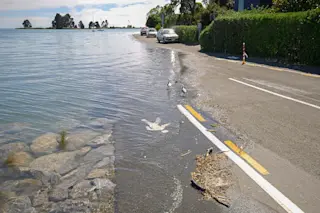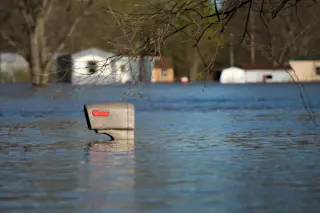https://www.youtube.com/watch?v=dyfJYOZgiyA&feature=youtu.be This animation of the Camp Fire is one of the tools used by scientists at the National Center for Atmospheric Research to study factors that made the wildfire so deadly. Driven forward at breakneck speed by bone-dry winds, California's Camp Fire blazed down out of the hills so quickly that the town of Paradise never really stood a chance. In the animation above, you can get a good sense of how those winds blew the fire across Paradise and other towns. Scientist Janice Coen and her colleagues at the National Center for Atmospheric Research are using it to study the factors that made the rampaging blaze so deadly. It may also help point toward better tools for enabling emergency managers to get people out of the way of chaotic, fast-moving blazes. The Camp Fire shows how badly such tools are needed. It killed 86 people, which makes it the ...
Frightening new visualization shows the deadly Camp Fire racing out of the mountains and enveloping Paradise
Explore how wildfire prediction systems like CAWFE enhance emergency management personnel's response to fast-moving wildfires.
More on Discover
Stay Curious
SubscribeTo The Magazine
Save up to 40% off the cover price when you subscribe to Discover magazine.
Subscribe












